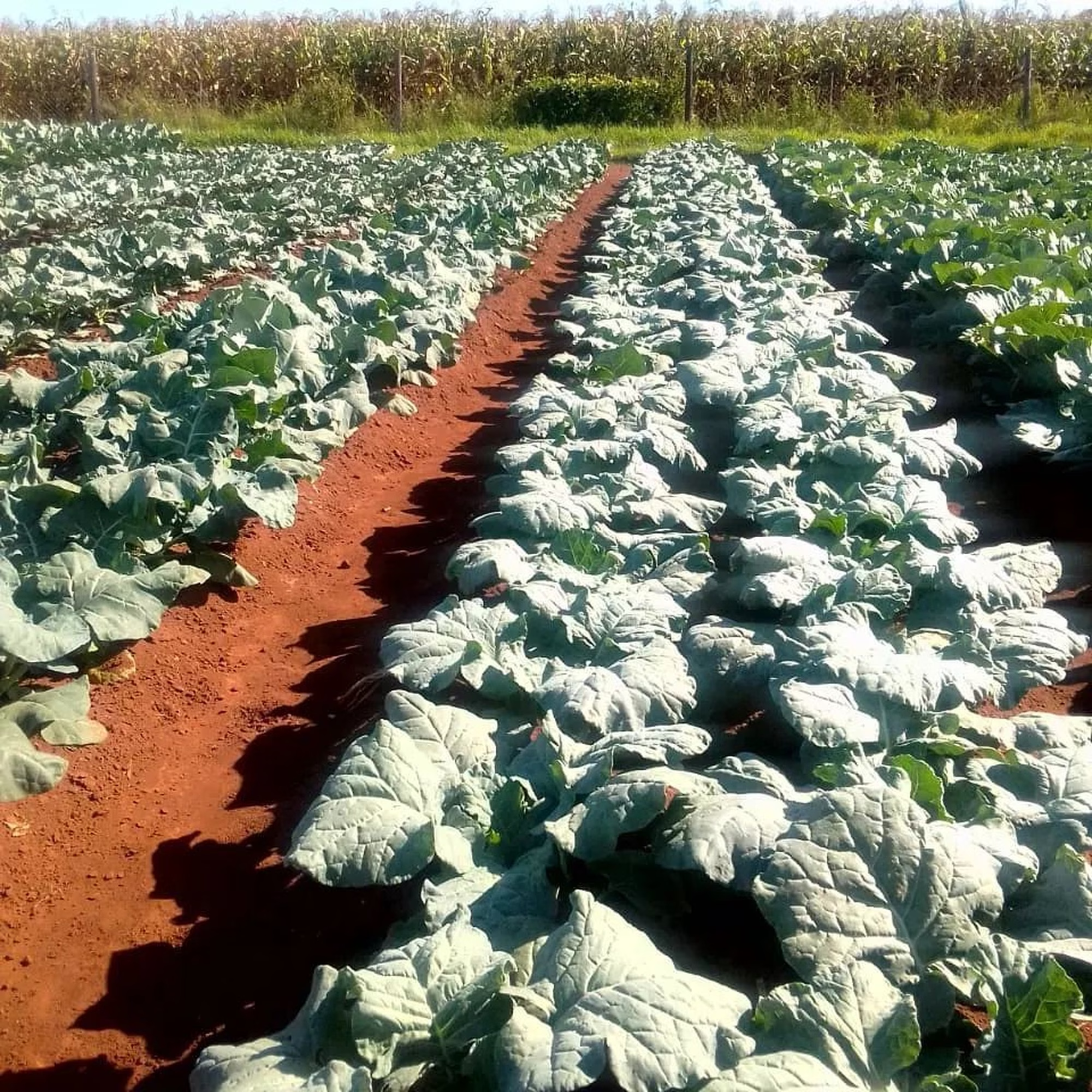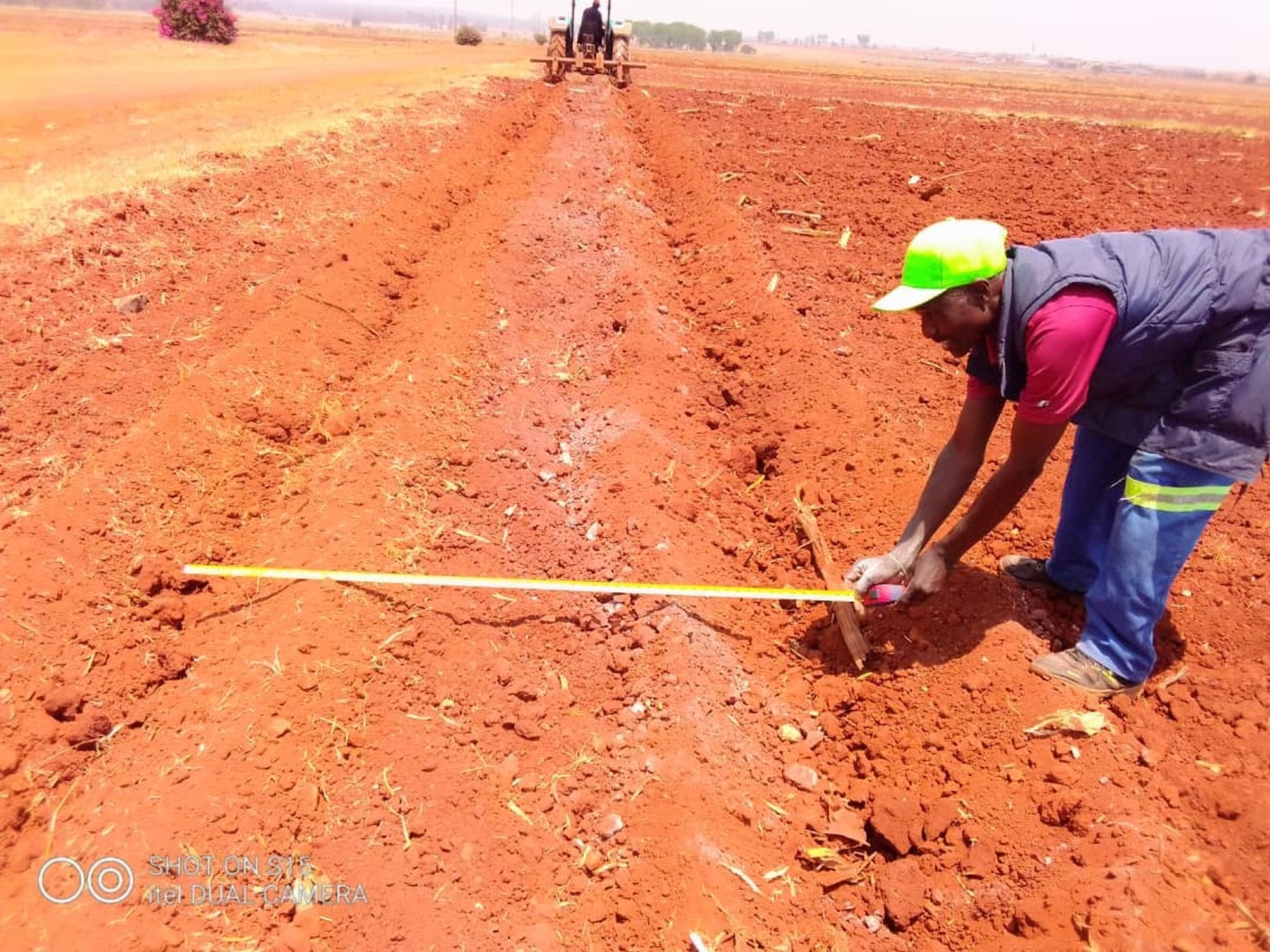Owing to the rapid increase in horticulture yields in Zimbabwe, there is now periodic saturation in local markets. Charter Seeds has advised farmers to target more profitable out-of-season markets, which involve growing crops in less favourable conditions, and field days are now geared to this.
Modern horticultural hybrids offer enormous advantages. They can be used to achieve record-breaking yields, immaculate uniformity or growing in adverse conditions to target more profitable markets. They minimise the effects of pests and diseases.
The farmer needs to know exactly what the market needs and when, and which variety will meet those requirements:
- When growing in adverse conditions, isolation distances and previous rotations are particularly important, especially in wet seasons. Infective weeds proliferate in the wet, and the incidence of pests and diseases is much higher. If a potentially infective source is within the isolation distance, the crop can be seriously impacted.
- Growing in adverse conditions, the industry as a whole needs to understand the mechanism and factors governing the transfer of nutrients from the soil into the plant and to appreciate how plant breeders and their new varieties have changed the whole nature of soil science. At the 2022 ART Farm exhibition, Charter Seeds took account of these changes with 16 varieties of cabbage, 7 of cauliflower and 5 of broccoli. The agronomic programme was designed by soil scientist Dr Brian Campbell and implemented by senior agronomist Isaac Amos, who has the ability to pay attention to minute details and get them exactly right.
- With brassicas, absolute uniformity is essential. This can be achieved with Starke Ayres brassica varieties, but attention to detail is vital.
Two new plant stimulants were used by Charter Seeds on all brassicas at the 2022 exhibition to help achieve this absolute uniformity. The technique was lifted some years ago from programmes used for tree crops. Increasingly, however, these bio-stimulants are being used in horticulture.
Extremely good uniformity was achieved with all varieties at the exhibition. Varieties of cabbage, broccoli and cauliflower grew out well, making it possible to establish the suitability of each variety to the very difficult late-season conditions.
Notes were made over the season on methods best suited to late-season conditions.
The following factors were considered essential:
1. Good seed
Seed that will germinate quickly, evenly, and give good sturdy seedlings is essential. Older trial seed did not do as well in the nursery as new seed. The variety of brassica chosen needed to have the best resistance to black rot (Xanthomonas campestris) possible.
2. Seedlings at transplanting
The seedlings used for the exhibition were 12 – 15 cm tall, sturdy (3mm in diameter at the base) and very well hardened.
Well-hardened seedlings are vital. Charter Seeds hardens for at least 14 days.
In the nursery, the seedlings were sprayed/drenched for damping off, usually caused by Phytophthora and all soil-borne fungi. Sprays for diamondback moth (Plutella xylostella) and downy mildew (Peronospora parasitica) also began in the nursery, as well as application of the new disease-inhibiting biochemical.
Owing to the rapidly increasing incidence of brassica stunting disease in Zimbabwe, a comprehensive spraying programme for cabbage aphids (Brevicoryne brassica) was also followed in the nursery.
3. Soil preparation
The most important operation when growing in adverse conditions is soil preparation. The interactions between soil tilth, rate of root growth and root proliferation have a huge effect on nutrient uptake, final yield and quality. To prepare suitable tilth, the Charter Seeds soil preparation programme was used and an excellent porous, aggregated, oxygenated tilth was achieved to depth.
Roots are subject to the same universal physical laws as everything else. If the inter-particular spaces in the soil are smaller than the diameter of the roots, the roots cannot pass through, rate of root growth decreases, root proliferation decreases, nutrient uptake decreases, yields fall, uniformity is lost and gross income decreases. These phenomena are much worse in wet and late-season conditions. Roots do not grow through clods or compacted layers. They grow around them or follow cracks through the compaction. The time taken by this leads to uneven nutrient uptake and uneven vegetative growth.
Soil must also be well drained to the projected depth of the root system. Rate of aerial and root growth increases with oxygen content in the soil. Oxygenation also decreases the level of soil-borne diseases.
ART Farm soils are riddled with black rot. In the well-prepared, oxygenated soils of the exhibition, the incidence of black rot was either absent or late in different varieties.
4. Transplanting
Moist seed plugs are always used when transplanting seedlings into soils that was brought to field capacity. Dry soil is never used. Watering eliminates the envelope of air that forms on seedling roots, inhibiting the passage of water into the roots. The night before transplanting the well-hardened seedlings are heavily watered, making them turgid on transplanting.
On transplanting, soils were treated for white grub (Scarabaeidae), false wireworm (Tenebrionidae) and nematodes (various). After transplanting, plants were drenched for cutworm (Agrotis spp.) and a bio-stimulant was used to accelerate root growth. A systemic fungicide was applied in the planting holes.
As soon as the stomata were open in the seedlings’ routine, field sprays were initiated for cabbage aphid, diamondnack moth, red spider mite (Tetranychus urticae) and downy mildew. The bio-stimulant inhibiting disease was also routinely sprayed.
Increasingly, biochemicals are being integrated into the ART Farm spraying programmes at the expense of the older, hard chemicals.
5. Irrigation
Irrigation is overhead at ART Farm. Irrespective of whether drip irrigation or overhead is used, the soil must always be brought to field capacity before planting. Never transplant into dry soil. A settling-in irrigation is always used after transplanting. Subsequent irrigations are geared to the size of the plant and depth of root penetration. Frequent light irrigations are used when roots are close to the soil surfaces. Less-frequent, heavier irrigations are used as the roots move down the profile. Physical inspections are carried out to check if the actual water penetration into the soil just exceeds the depth of the roots. This is particularly important with drip irrigation.
6. Fertiliser
Fertiliser levels were calculated on the basis of soil analysis of both topsoil and subsoil samples. Great care was taken to apply fertiliser in such a way that intensity was maximised in those parts of the soil where it was anticipated active roots would accumulate over the season.
Fertiliser was also placed in such a way as to minimise nutrient fixation, which can reduce availability significantly in the course of the growing season.
Anticipating reduced root growth rates in wet, cold, and late-season conditions, use was also made of starter fertiliser. Various combinations were tried but the best was a 20:10:5 mix. This was trickled down the row before transplanting and chopped in. Chopping, as exposed to mixing, creates planes of weakness which guide the seedling roots to applied fertiliser.
Trace elements were also applied, both via the soil and fertiliser sprays. In Zimbabwe, responses are most often achieved to zinc, boron, molybdenum and copper, but a broad-spectrum spray was used for the exhibition.

